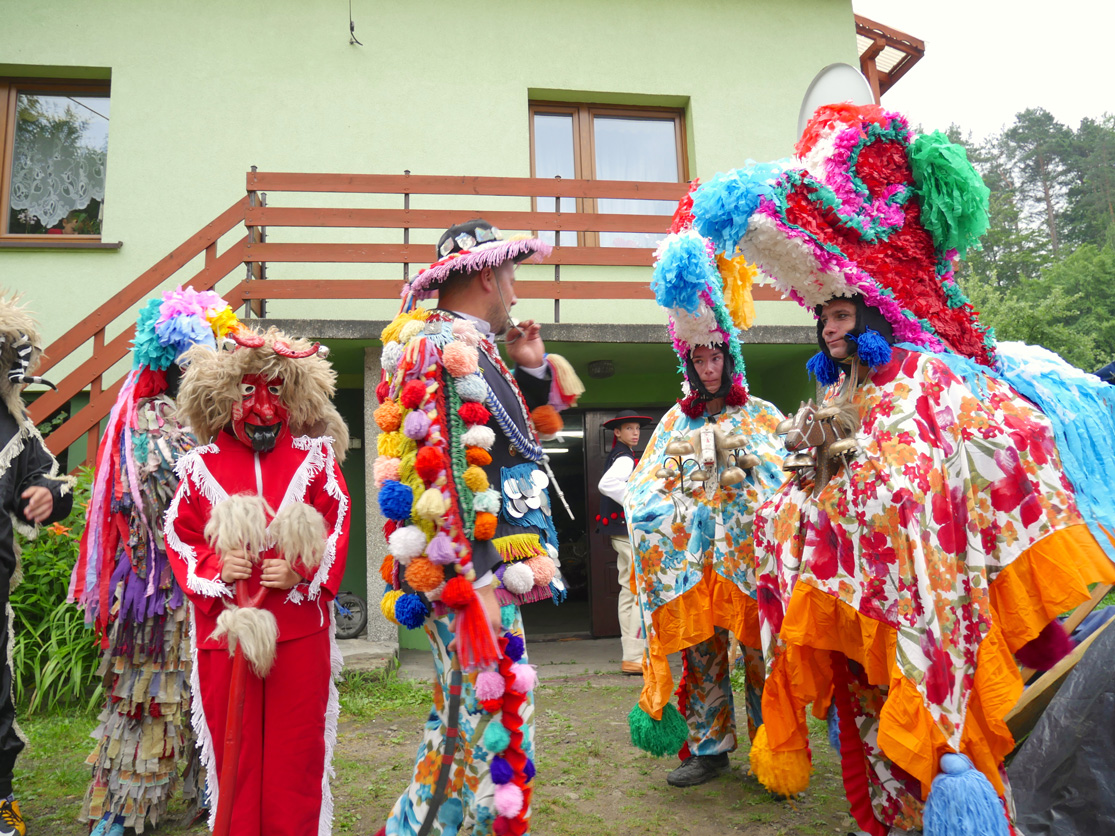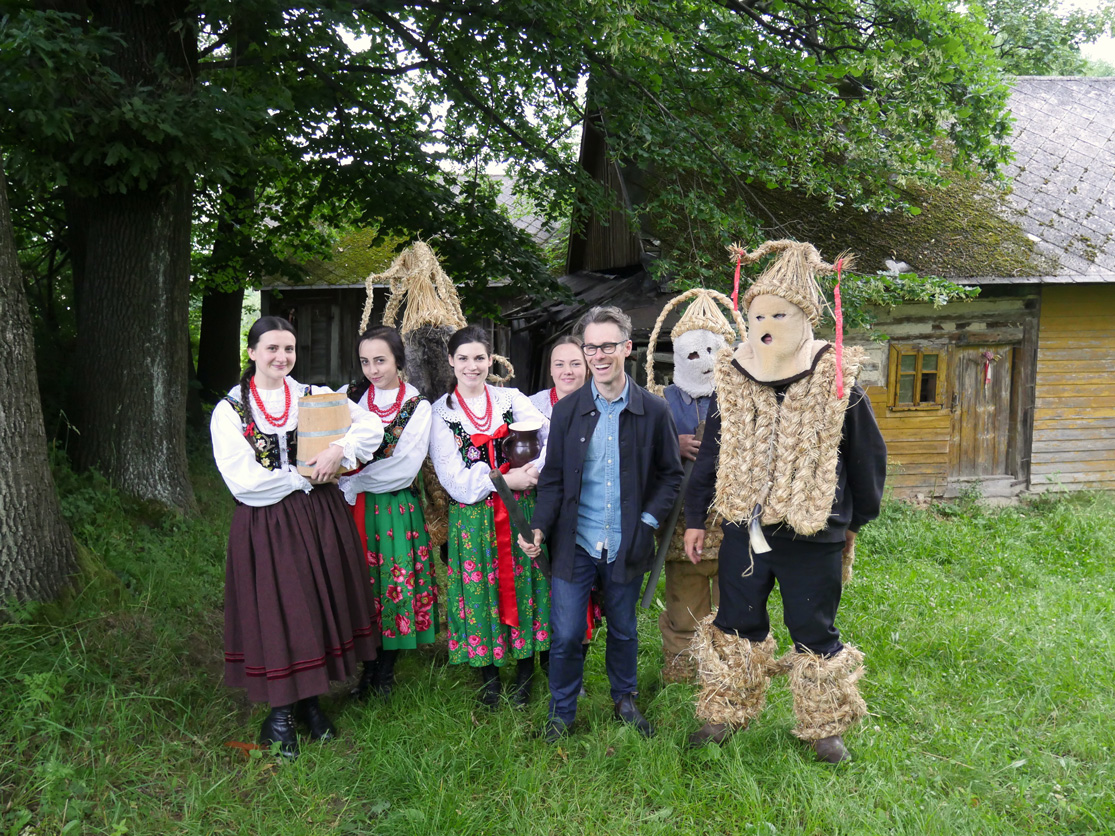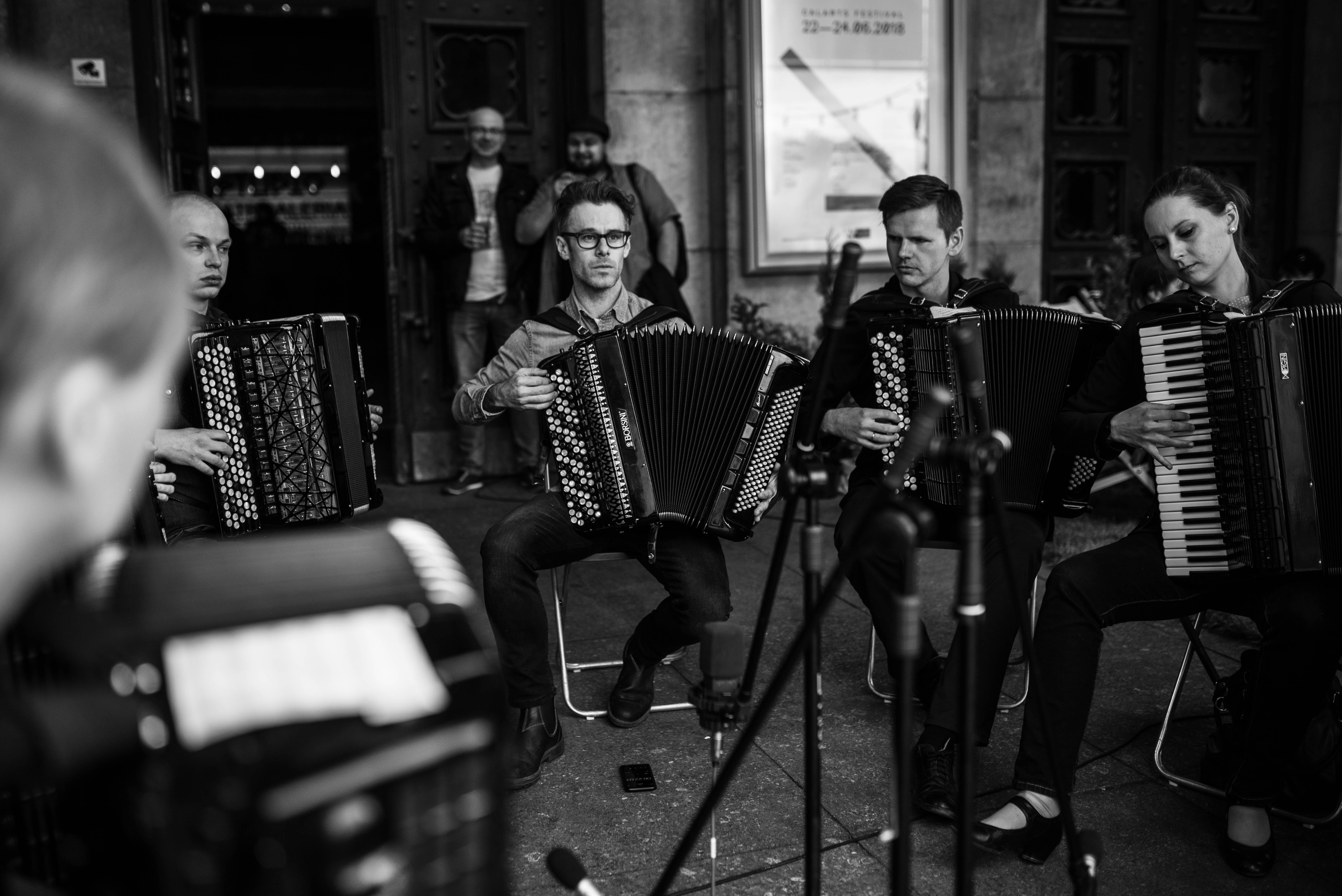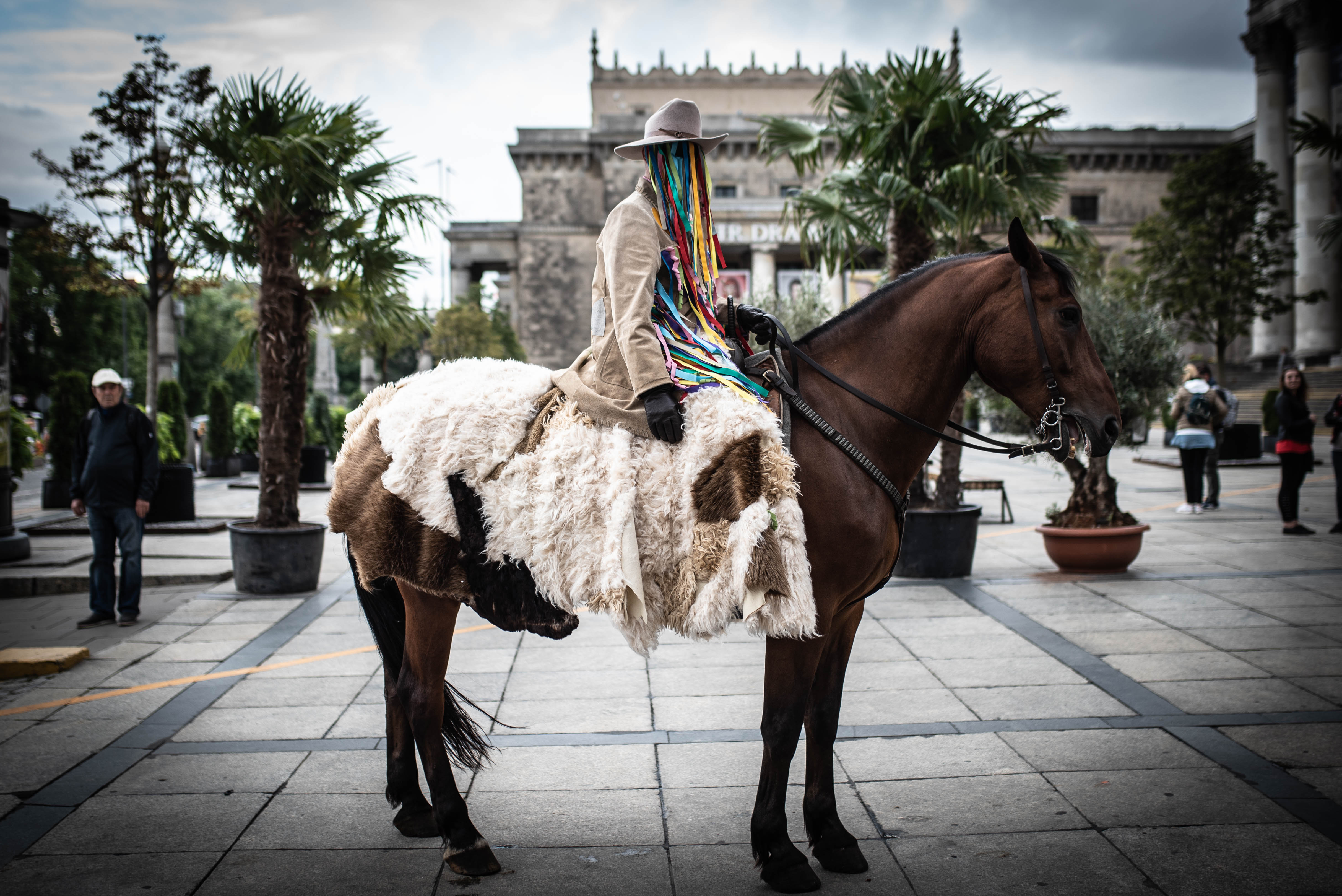I work as an artist and operate a studio/workshop in the foothills of East Los Angeles. From the workshop I create collective experiences with music, art, and architecture that explore elements of community, deep listening, and place. Sometimes this means I am making things like bells or sculptures, and at other times I’m making ephemeral works such as immersive installations, happenings, or concerts. I work at a variety of scales and employ a co-operative working method that enables me to work in many different materials and venues, and my rigorous research practice sometimes leads me to work with academic institutions like California Institute of the Arts.
This is how came to form a relationship with CalArts Center for New Performance, and Artistic Director Travis Preston. I found we had a joint interest in un-siloing our fields, and finding ways to work at the messy edge of music, theater, and the ephemeral arts. STUDIO teatrgaleria shares much of the same approach, and coming to Poland felt like meeting distant cousins from my days collaborating with folks at CalArts. In the spirit of the open studio, I’ve done some writing about how I think about art and how I created The Western: an artwork with a diverse team made of disparate communities that might have never met – a Californian artist, a cutting-edge Polish theater, traditionalist pagan performers, and a single horse.







